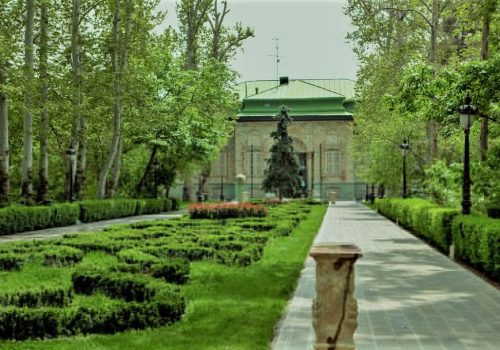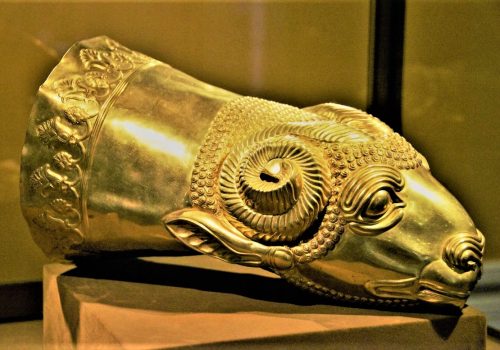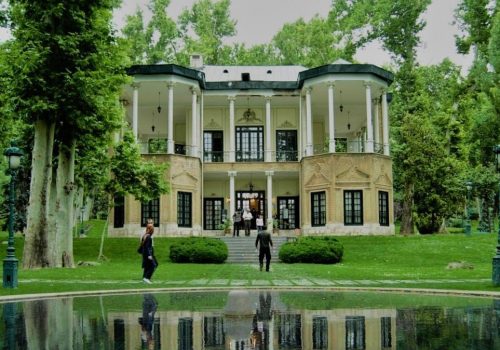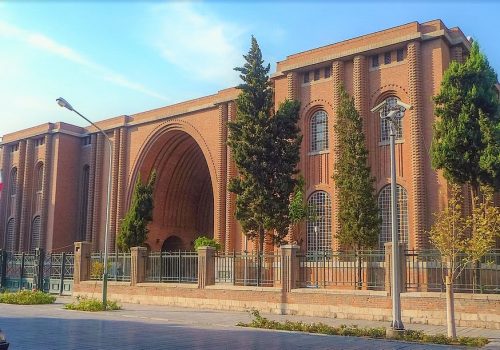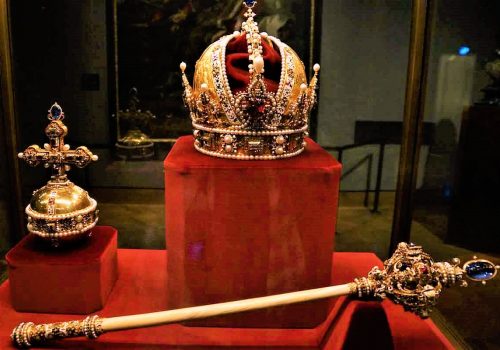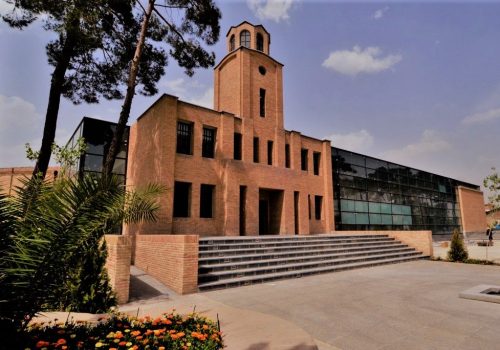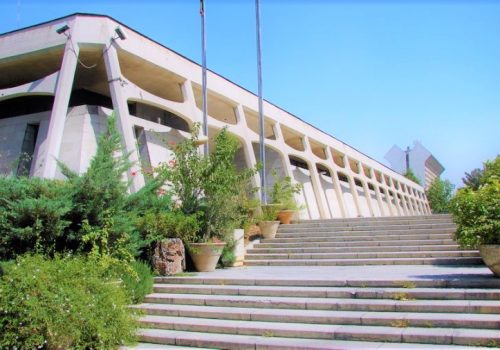Tehran is the capital of Iran with a population of around 8.7 million in the city and 15 million in the larger metropolitan area of Greater Tehran. It is the most populous city in Iran and Western Asia.
Tehran is home to many historical collections, including the royal complexes of Golestan, Sa’dabad, and Niavaran, where the two last dynasties of the former Imperial State of Iran were seated.
Tehran’s most famous landmarks include the Azadi Tower, a memorial built under the reign of Mohammad Reza Shah of the Pahlavi dynasty in 1971 to mark the 2,500th year of the foundation of the Imperial State of Iran, and the Milad Tower, the world’s sixth-tallest self-supporting tower which was completed in 2007. The Tabiat Bridge, a newly-built landmark, was completed in 2014.
The capital’s excellent museums and palaces provide great insights into Iran’s past. However, to gain a handle on its present, don’t miss the city’s range of hip cafes and contemporary art galleries.

I am text block. Click edit button to change this text. Lorem ipsum dolor sit amet

I am text block. Click edit button to change this text. Lorem ipsum dolor sit amet

I am text block. Click edit button to change this text. Lorem ipsum dolor sit amet

I am text block. Click edit button to change this text. Lorem ipsum dolor sit amet

I am text block. Click edit button to change this text. Lorem ipsum dolor sit amet

I am text block. Click edit button to change this text. Lorem ipsum dolor sit amet
Tehran was first chosen as the capital of Iran by Agha Mohammad Khan of the Qajar dynasty in 1796. As the centre of Qajar Persia, Tehran steadily expanded. By 1900 it had grown to 250,000 people, and in the 20th century it became one of the most populous cities on earth.
The Pahlavis came to power after Ahmad Shah Qajar and It was the last ruling house of the Imperial State of Iran from 1925 until 1979, when the Monarchy of Iran was overthrown and abolished as a result of the Iranian Revolution. The dynasty was founded by Reza Shah Pahlavi in 1925, a former brigadier-general of the Persian Cossack Brigade, whose reign lasted until 1941 when he was forced to abdicate by the Allies after the Anglo-Soviet invasion of Iran. He was succeeded by his son, Mohammad Reza Pahlavi, the last Shah of Iran.
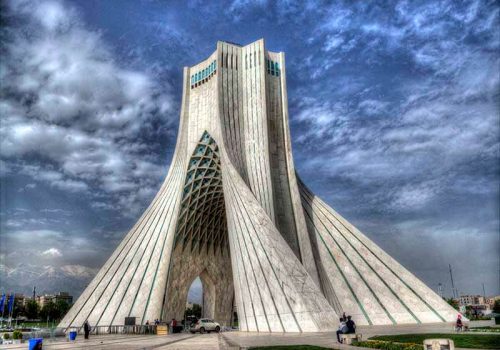
Tehran a city that never sleeps and the capital of Iran, has had its fear shears of modern historical events. This city is proud to have soaring architectural masterpieces. One of the symbols of this magnificent city is Azadi tower. This masterpiece was constructed for the 2500th anniversary of the Persian Empire in 1971.
Tehran a city that never sleeps and the capital of Iran has had its fear shears of modern historical events. This city is proud to have soaring architectural masterpieces. Any time the residents of Tehran get tired of watching the capital through its busy streets, they go up Milad tower to get a bird eye…
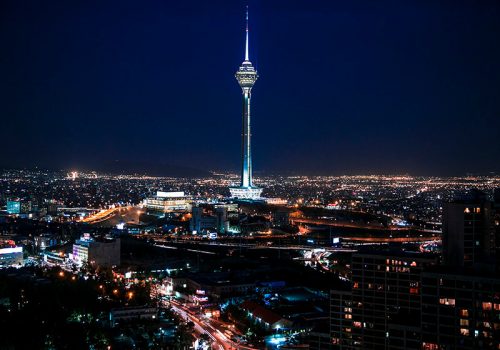
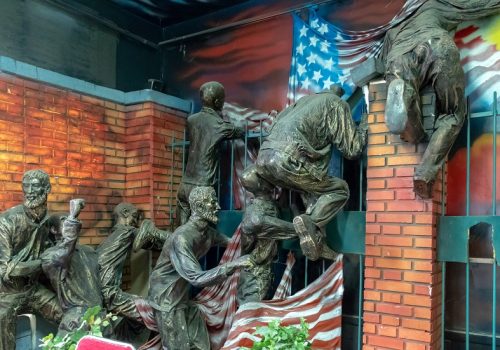
The embassy was designed in 1948 by the architect Ides van der Gracht, the designer of the Embassy of the United States in Ankara. It was a long, low two-story brick building, similar to American high schools built in the 1930s and 1940s. For this reason, the building was nicknamed “Henderson High” by the embassy staff, referring to Loy W…
The Persian term Darband is translated as the door of the mountai. Darband is a village close to Tajrish in Tehran metropolitan area. It’s also a beginning of a popular hiking trail in to mount Tochal which towers over Tehran. As you hick towards the mountain you will find a lot of restaurants, tea houses…
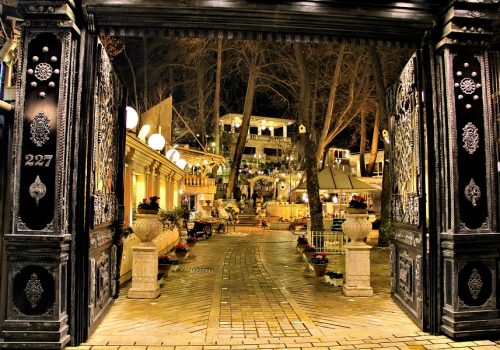
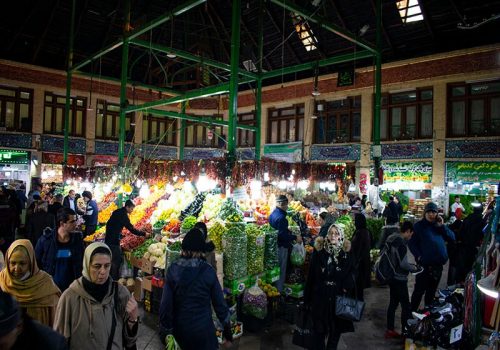
Where is Tajrish? Tajrish neighborhood is located in the north part of Tehran at the end of Tehran’s Vali-e Asr Avenue on the slops
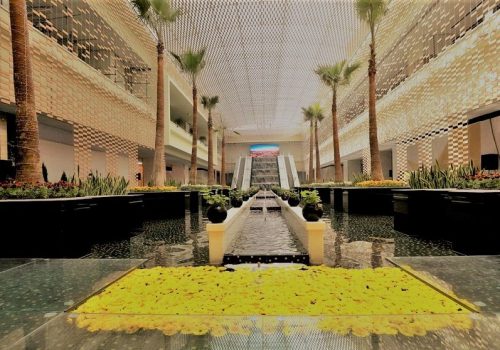
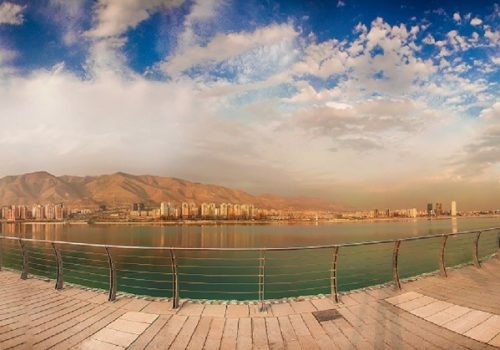
The Chitgar lake or Persian Gulf lake is an artificial lake in the western part of Tehran. It takes about 90 minutes to walk around. It has a lot of facilities to offer to visitors such as restaurants, coffee houses, amusement parks, shopping centers and water activities. You could even take advantage of the boats…
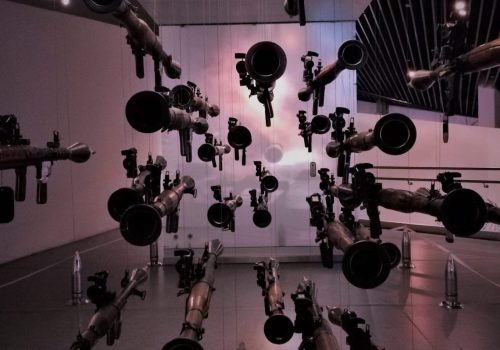
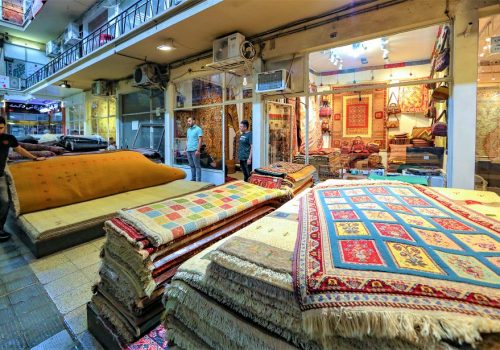
The Tehran Grand Bazar grew as a “city within a city” and includes banks, a church, several mosques, most notably the impressive Imam Khomeini Mosque, and the ornately decorated Imamzadeh Zeid, a shrine to a descendant of the prophet. Most lanes specialise in a particular commodity: copper, paper, gold, spices, and carpets, among others. The …
